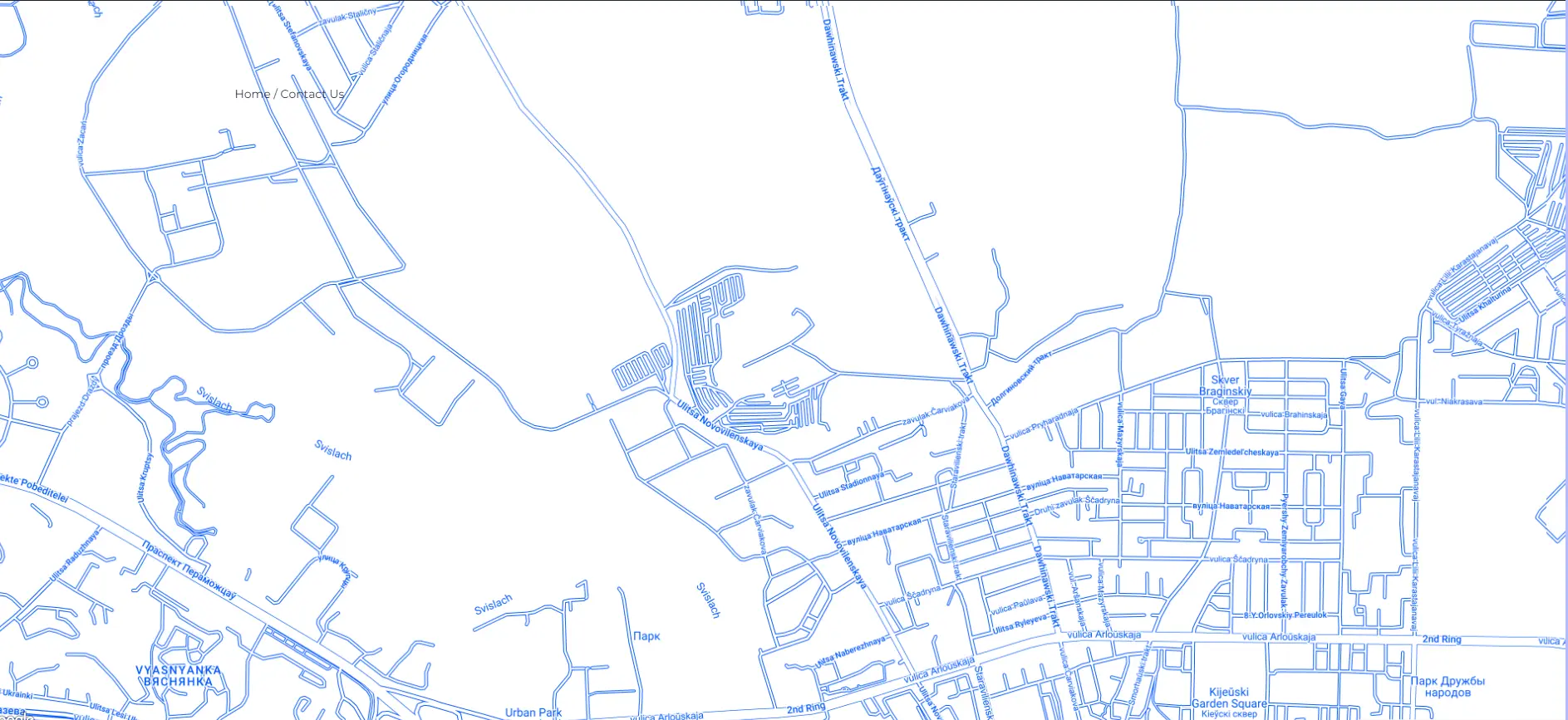Consequences of Non-contribution of a Share to the Authorised Capital by the Founder of the Company
Table of Contents
Failure to contribute a share to the company’s authorised capital in Belarus has consequences for the owner who did not contribute and the company as a whole. This article explains what awaits the company and the founder if he does not contribute his share to the authorised capital within the prescribed period and what the company can do to maintain its place in the market.
What is the authorised capital of the company, and why is it needed
The company’s authorised capital was formed by its owners at the time of creation. It is created to guarantee the interests of creditors of this company. The size of the authorised capital determines the minimum amount of such guarantees. In cases where the company does not settle with creditors, they have the right to receive their money from the company’s authorised capital.
In practice, there are no requirements for the minimum size of the authorised capital for companies established as limited liability companies and additional liability companies. That is, the owners of such companies can form an authorised capital of any size.
After the start of the company’s work, it is necessary to ensure that after the second and each subsequent financial year, the value of the company’s net assets is not less than the authorised capital. If this happens, as a general rule, it is necessary to carry out a procedure for reducing the size of the authorised capital within 6 months after the end of the financial year, bring it to the value of net assets and amend the charter. And in this case, joint-stock companies need to be liquidated.
The minimum size of the authorised capital is determined only for closed and open joint-stock companies: 100 basic units and 400 basic units. Investments in the company’s authorised capital can be money, securities, other property, or property rights.
The total size of the company’s authorised capital is prescribed in the charter in Belarusian rubles. At the time of state registration, its founders cannot fully form the authorised capital.
The procedure and term for the formation of the company’s authorised capital
Specifying the term for forming the authorised capital in the charter is unnecessary. Generally, it is prescribed in the participants’ decision on the company’s establishment. There are several approaches to the terms of formation of the authorised fund:
- The total period for the complete formation of the authorised fund is 12 months from the date of state registration of the company.
- The charter may specify a shorter period for fully forming the authorised capital.
After the state registration of the company, the founder can contribute money to the authorised capital in one of the following ways:
- Transfer it to the company’s current account.
- When such an opportunity arises, deposit cash at the company’s cash desk.
- To set off their monetary claims against the company by the decision of the general meeting of participants.
- Contributing to the company’s authorised capital is the responsibility of its owners.
What should a company do when one of the owners has not contributed his share to the authorised capital
As a general rule, when a participant has not contributed to the authorised capital of a company within the period specified in the decision on its creation, the participant’s share passes to the company itself. It happens from the day the deadline for making a contribution ends. In this case, the participant is not considered the company’s owner from that day on. Let’s consider the actions of the company’s owners in stages:
Stage 1. General meeting
To transfer the share to the company, a general meeting of participants is held, where the company’s owners make an appropriate decision. The vote of a participant who has not contributed his share to the authorised capital is not considered when voting at the general meeting.
Stage 2. Reduction of the authorised capital
When a company’s authorised capital is smaller than specified in its charter, it is necessary to reduce the capital to the size in which it is formed. The deadline for reducing the authorised capital is set at the general meeting of the company’s owners; the legislation does not set such a deadline.
Stage 3. Distribution or sale of the share acquired by the company
Within a year after the acquisition of a share or part of it by the company, the company must dispose of the acquisition in one of the following ways:
- Distribute the acquired share or part of it among other owners in proportion to the size of the shares of these owners in the authorised company’s capital.
- Sell a share or part of it on your behalf to other owners or the company owners. Basically, the company owners have a preferential right to purchase a share or part of the share of an excluded participant in proportion to the size of their shares in the authorised capital. In another order, you can sell a share by a unanimous decision during the general meeting of participants. For example, the general meeting may decide to sell a share to one of the owners.
- By a unanimous decision of the company’s owners, the share or part of it acquired by the company can be transferred free of charge or sold to members of the board of directors and (or) employees of the company.
Stage 4. Sale of the share to third parties
When other owners have refused to purchase the former owner’s share from the company, the company can sell the share to the new owner or owners. It is only necessary to check that the charter does not prohibit such a sale.
Stage 5. Reduction of the authorised capital
The stage of reducing the company’s authorised capital must be passed when, within a year after the company purchases the participant’s share, this share has not been sold or distributed.
Stage 6. Amendments to the Articles of Association
Due to the change in the distribution of shares in the authorised capital, the company’s charter must be amended.
Each stage is formalised by a unanimous decision made during the general meeting of participants.
When the owner has not fully contributed
One of the company’s owners may not have fully contributed his share. In this case, when the participant does not contribute the rest of the share within the prescribed period, options are possible:
- The part that the owner contributed, the company must return to him at the actual cost.
- With the consent of other owners, he can be given property that corresponds to the actual value of a part of the share he contributed.
- In the articles of association of the company or the decision of the general meeting of participants, it can be provided that the share in the authorised fund of the company, proportional to the part of the contribution not made by the participant to the authorised fund, passes to the company.
- One of the company’s owners may sell a part of the share that he has contributed to the company’s authorised capital to another or other owners or to a third party.
What we can do for you
We help when one of the owners of the company has not contributed his share to the authorised capital within the period specified in the articles of association or within 12 months from the date of registration of the company.
Our employees are experienced specialists in the field of corporate law. We can:
- Advise you on the calendar deadlines for making shares in the authorised capital.
- Develop a strategy for your company on the issue of disposing of the outstanding share (part of the share).
- Prepare a package of documents for decision-making at the general meeting on the disposal of the non-contributed share in the authorised capital.
- Accompany the process of disposing of the share in the authorised capital accepted by your company.
- Represent your interests in government agencies.
Contact us
If you have any questions related to the company’s strategy in case a participant does not contribute a share to the authorised capital, we will be happy to help you! Our long-term experience in the field of corporate law will help you in resolving any disputes.
Phone and e-mail communication options are available for your convenience:
- +37529142-27-19 (WhatsApp/Telegram/Viber);
- info@ambylegal.by.




